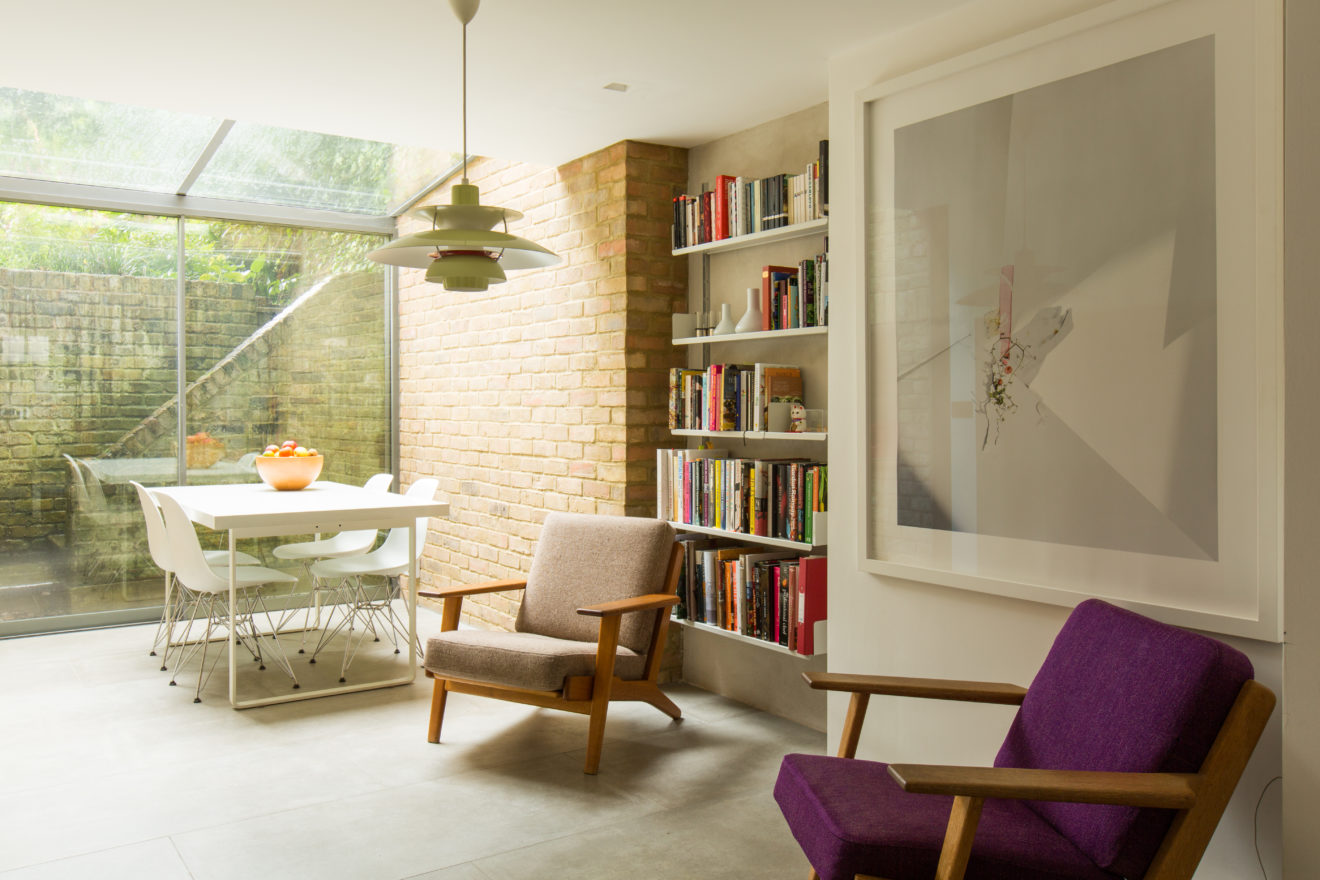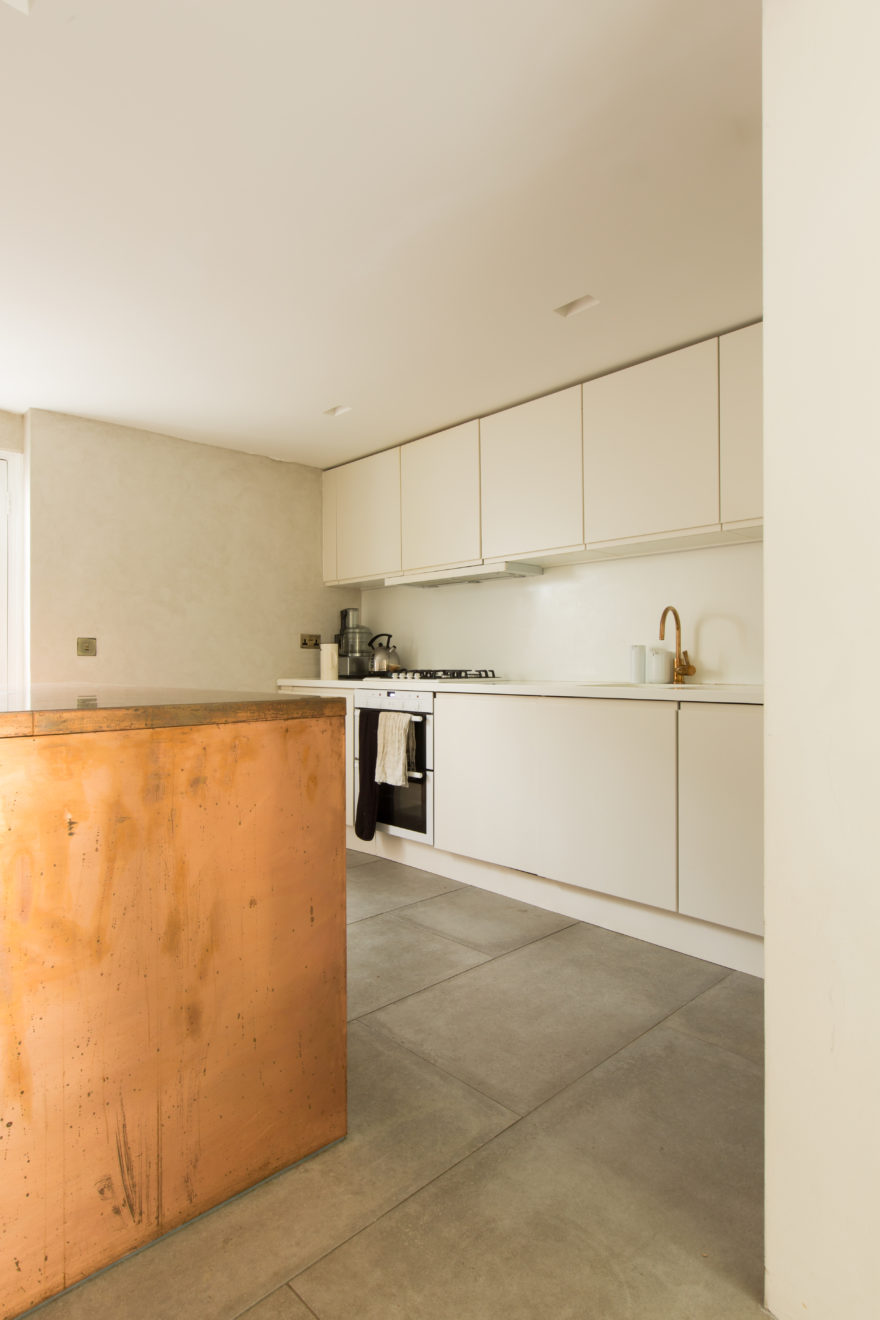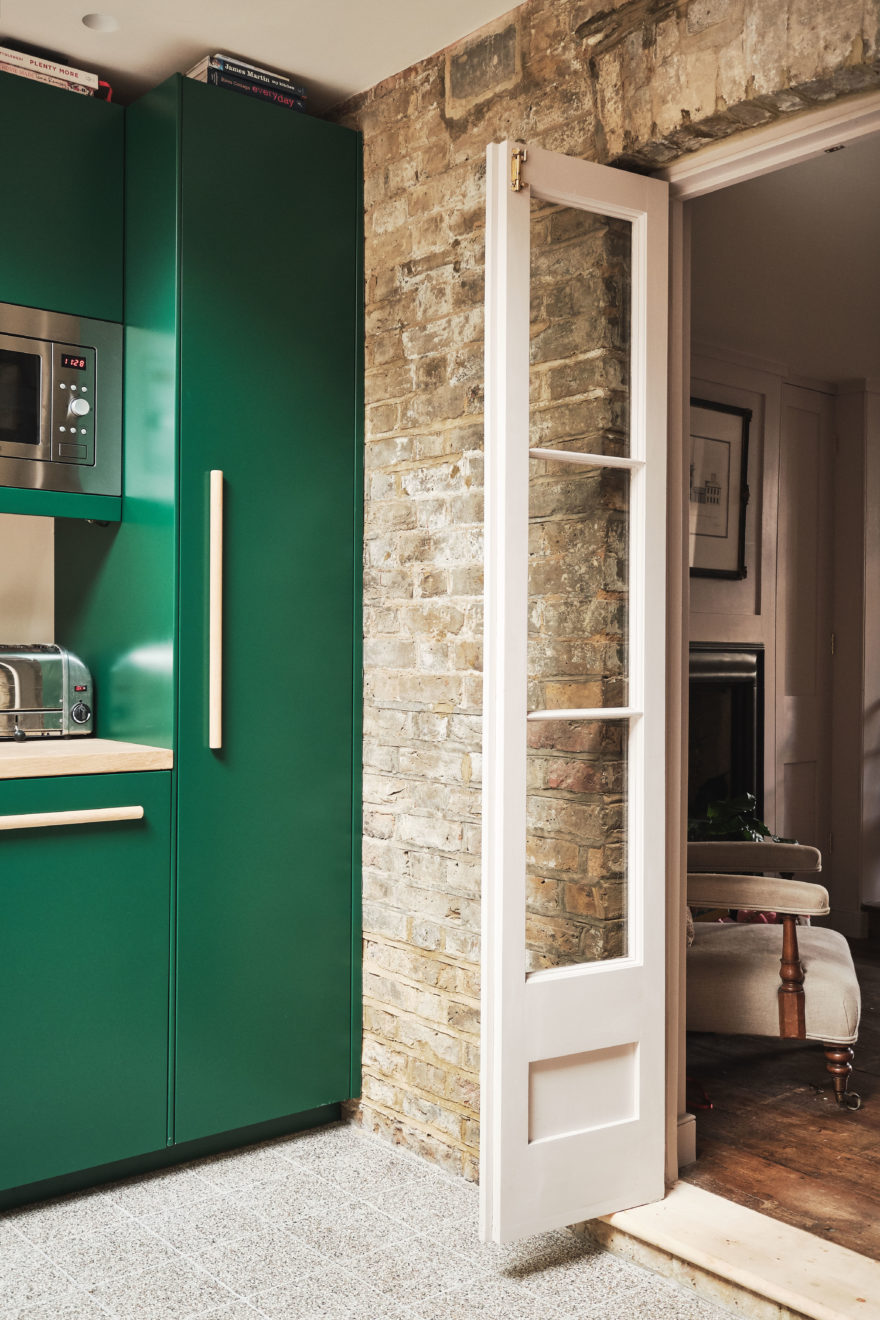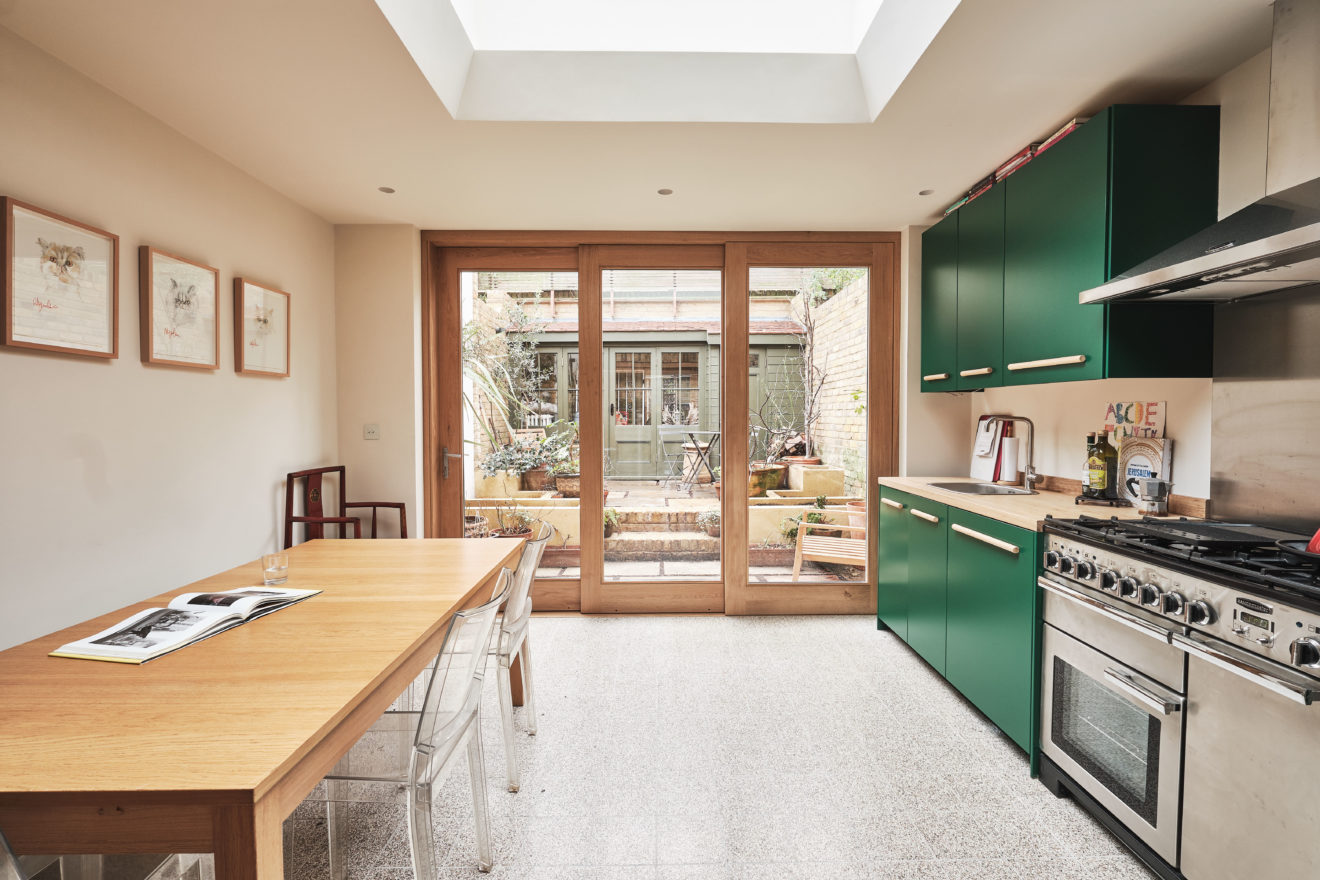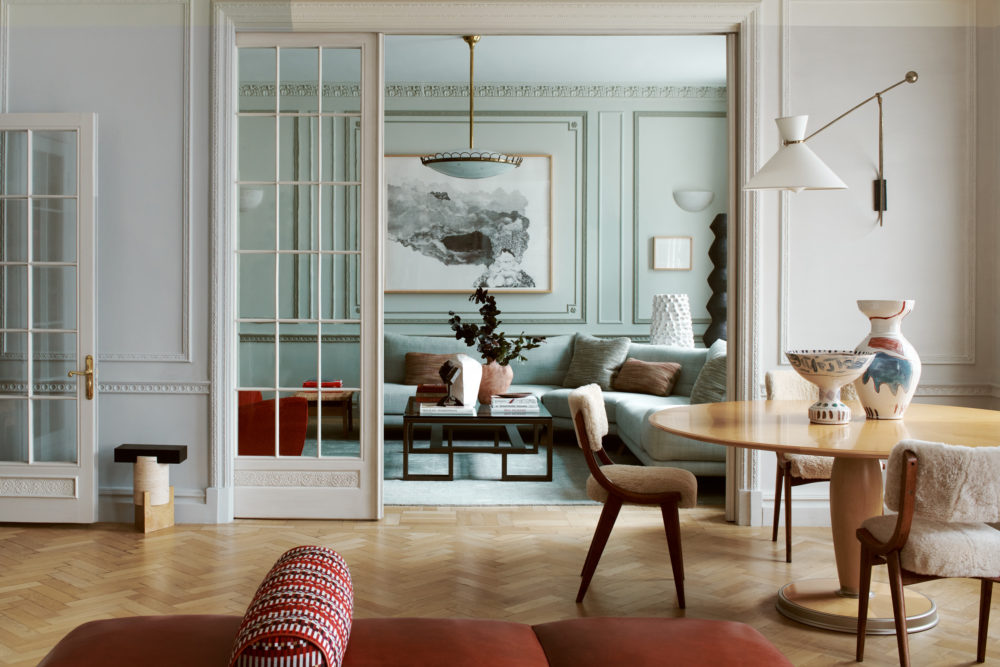How to find an architect
The relationship between a renovator and an architect is a symbiotic one, built on trust and a mutual vision. And while there is sadly no one-size-fits-all solution when it comes to appointing someone at the helm of your most precious project, there are some pointers to follow to ensure you find the right one for you and your build.
Ask your friends and associates for their recommendations or scout similar houses you admire in your area and knock on doors (if you’re so inclined). We are always available to discuss your project and ideas, and can draw on our knowledge and experience to match you with the best architects. Our Design Directory is a great resource and there’s always trusty Google, too. Don’t forget to cross reference names with ARB and RIBA – any architect worth their salt should be registered. While it’s important their portfolio resonates in some way, it’s worth keeping an open mind. Unconventional couplings can work surprisingly well, as Martin Gruenanger, founder of the award-winning Space Group Architects explains: ‘I often find that a contemporary approach compliments the historic structure better – it’s that juxtaposition that gives both languages more weight. So I do think that tradition and the present can co-exist ‘.
While you won’t (and aren’t expected to) have all the answers, it certainly helps to have a clutch of your own ideas to bring to the table. Magazine tears, saved Instagram posts and bookmarked tabs of Houzz and Remodelista are all noble places to start. Pinterest can also prove an effective tool if harnessed in the right way. A good starting point is to consider what you want the pervading mood of that space to feel like (for example, you might want your bedroom to feel calm, restful and warm, or your kitchen/ diner to feel inviting, sociable and impressive – as well as practical). From this you can then build a gallery of images that convey a similar feeling, plus any materials, colours and textures that speak to you of this mood. Bear in mind this should be a cohesive, curated edit, not an overwhelming swathe of endless images to scroll through, so resist the temptation of tenuous pins. If you’re planning on sharing these with the architect directly, it’s worth revisiting boards prior to handover and giving them a final edit. Though it’s a good idea to have separate your boards for each room, it’s important to remember that there must be a sense of flow throughout the place. On that note, it may be worth consulting your local council’s online planning application submissions for neighbouring properties – the floor plans might just surprise with some clever layout configurations that shine a new light on your space.
Once you’ve pooled a realistic shortlist of promising architects together, some preliminary conversations will allow you to narrow this down further by taking availability and budget constraints into account. It’s worth noting that even if your budget knows no bounds, parameters will help to streamline the process later down the line to avoid dreaded decision paralysis. Aim to have at least three firms to arrange meetings with.
Often once price discrepancies are ruled out between your hot contenders, and their ideas speak to you, it simply comes down to good old fashioned chemistry. If you can, arrange a face-to-face with the actual team who would be working on the project – this will serve as a good litmus test. If you live in a conservation area or your build is likely to require planning permission, you’ll want an architect who can handle negotiations with tactful diplomacy, good grace and a cool head – a safe pair of hands is vital as delays in the consultation process can come with a heavy price.
Once you’ve appointed an architect, now’s the time to iron out a way of working together over the next few months. As the client, you’ll naturally have final sign-off of concepts but it will fall to the architect to put the project out to tender and to manage the relationship with the contractors once you reach the construction stage. Some things will be decided on the hoof, so to speak, so establish your points of contact in advance to keep a strong channel of communication flowing. If you want them to propose the finer details of fixtures, fittings, paint etc, explain this. If you wish to attend site visits, make this known so that they can accommodate you. Transparency is key. Inevitably there may have to be compromises made somewhere along the line, as any number of unforeseen circumstances can throw an unwelcome spanner – remember this is par for the course and having an architect in charge to act as mediator will pay dividends and ensure that the interests of the project remain paramount.
But don’t be daunted. In short: identify your dealbreakers, listen to your intuition and have a loose plan in place, but ultimately try to trust in the process. Don’t forget they’re the experts, or as Gruenanger puts it: ‘A healthy amount of creative freedom is usually well reflected in the end product. Good clients challenge us in the right areas, and that enhances a project as well. But trust your architect like you would trust a brain surgeon; we do this work on a daily basis’.

